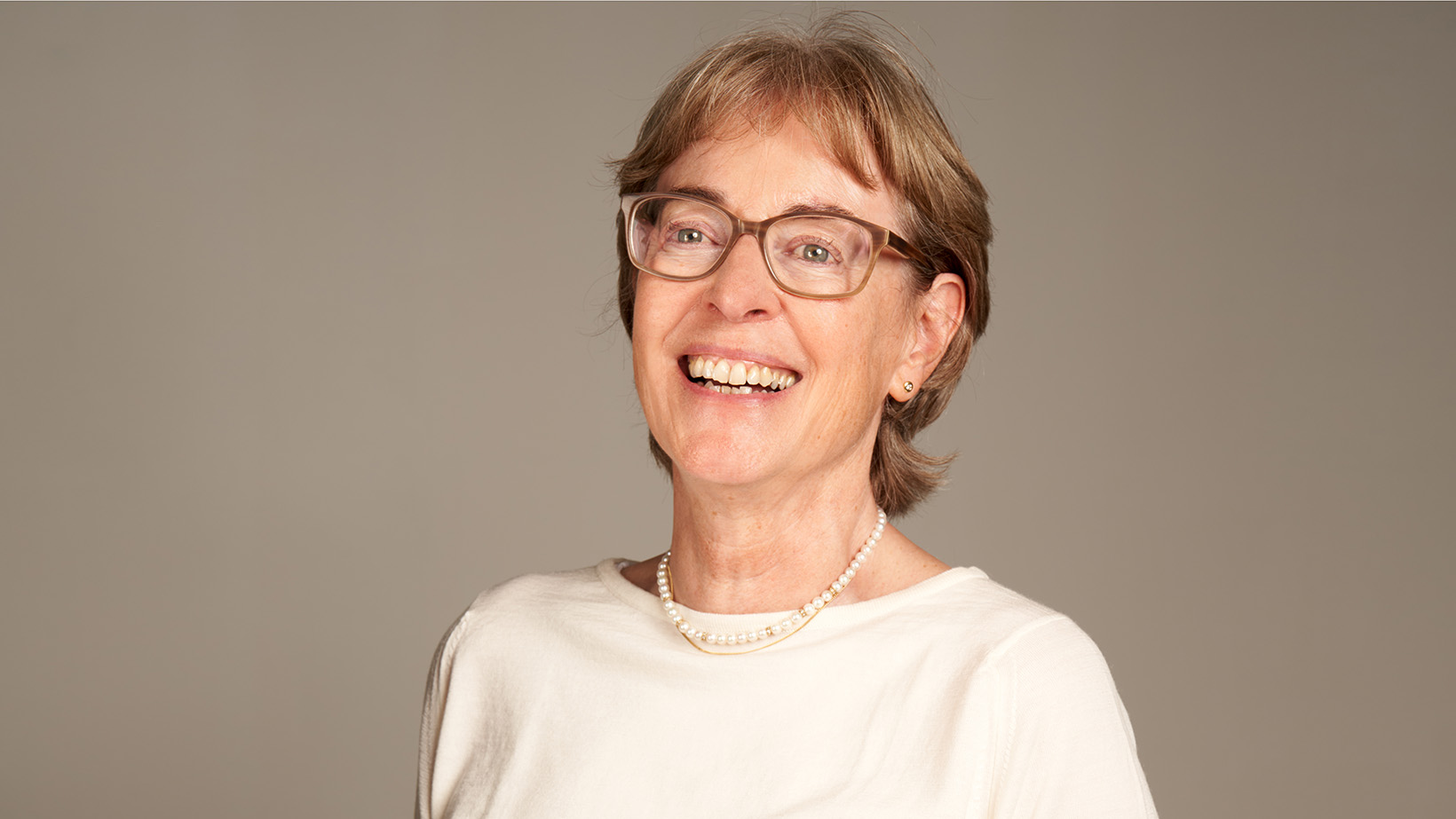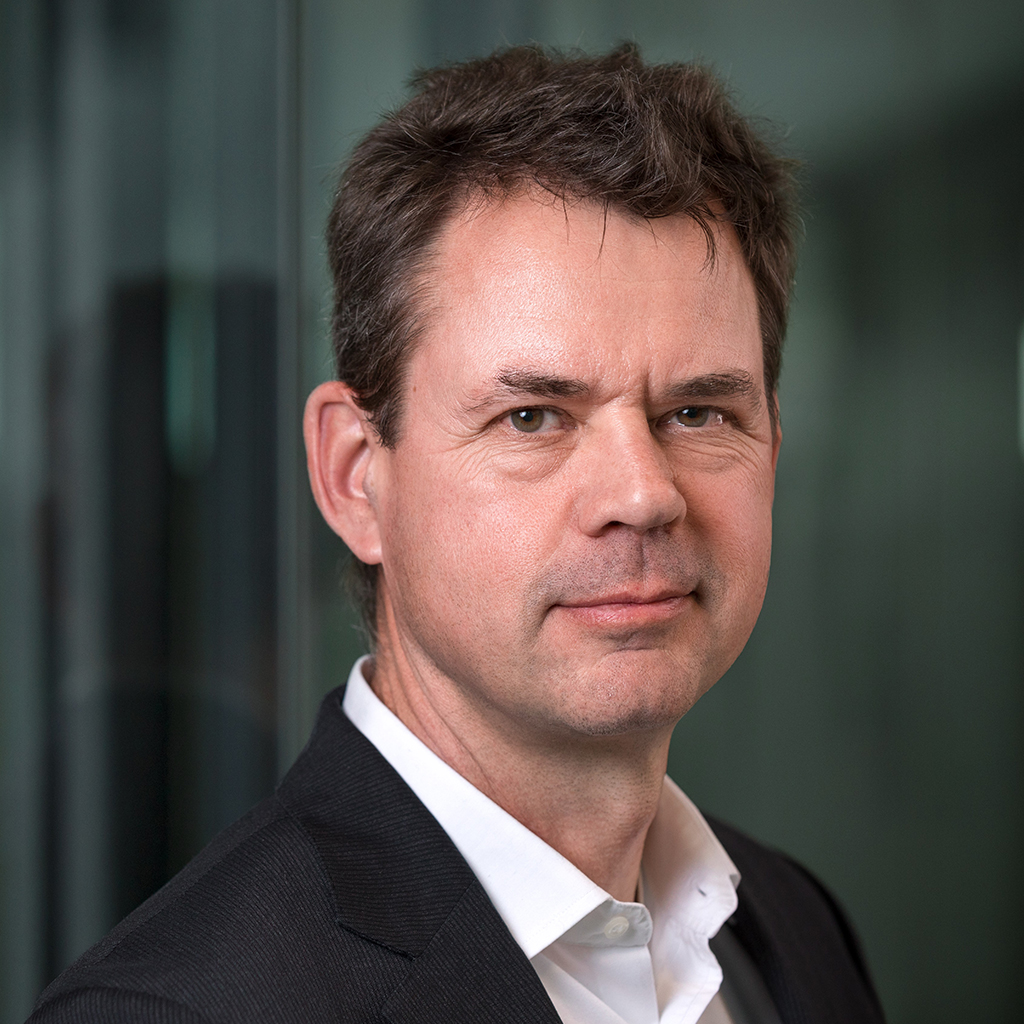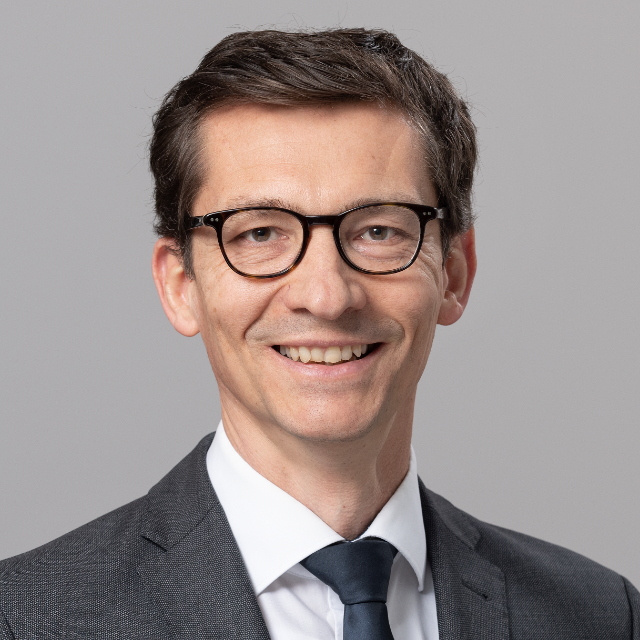“Warren Buffet isn’t past it”

Harald Gall, Mike Martin, you are both involved with the Healthy Longevity Center at UZH. Mr. Martin, you are also co-director of the University Research Priority Program “Dynamics Of Healthy Aging”. What does healthy aging mean today?
Mike Martin: That depends on how you define health. The World Health Organization (WHO) has declared the period between 2020 and 2030 the decade of healthy aging and has reinterpreted the term health. It now defines a person as being healthy if they are able to do the things that they perceive to be of importance and worth their while.
And how likely is it that people can keep doing the things they consider important?
Martin: The likelihood of a person being able to do the things they value depends on the person’s abilities on the one hand and the opportunities that exist in the person’s environment on the other. If at 75 I don’t have the possibility to access continuing education, this will have an adverse effect on my health, as access to further education in one’s advanced years is part of the definition. It’s a global challenge to offer people as many opportunities as possible to pursue a variety of activities that are of significance to them. Of course, the underlying conditions for this vary from country to country, not least for financial and economic reasons.
Why is the WHO drawing attention to personal values in its new definition of health?
Martin: Today’s customary definition of health specifies that people are healthy if they aren’t ill – that’s the view our health system is built on. You could say that what we currently have is more of an “illness system”. The aim is to recognize and treat individual ailments. And if someone isn’t sick, then they’re healthy. But more and more people now grow very old and suffer from a multitude of ailments, but at the same time are also very active. They successfully run businesses and break athletic world records in their age group. In terms of their capabilities, you would say that they’re healthy, but from a diagnostic point of view they are ill.
What does that mean? Do we need to take a more nuanced approach to aging?
Harald Gall: I think so, yes. Another important factor is whether we show appreciation towards older people. I’m thinking of the term “ageism” here, which refers to the stereotypical perception that old people are “past it” and not much use for anything anymore. But we’re increasingly seeing people being very active in their later years and achieving significant things. It’s therefore imperative to enable and promote this.

People over 60 can do a lot – for themselves, for society and for others.
What sort of opportunities are you thinking of? Can you give an example?
Gall: Today, when we reach a certain age, we have to retire – regardless of what we can still contribute or accomplish. After retirement, the authorities ensure we have somewhere age-appropriate to live and perhaps they even build a nice new path we can use with the walking frame. But that’s an incorrect perception of old age. And it limits our options for remaining active. Research has shown clear evidence of this. As soon as you specify an age limit, regardless where you place it, the benefit of investing in things such as work-related further education steadily decreases the nearer you come to this point. This reduces opportunities for further training or further professional commitment.
What’s your view on this, Mr Martin?
Martin: I’d like to add something from a research perspective. Research has to date been very creative in recognizing which health complaints older people have or will have. At present, around 90 percent of all research and innovation work targets 10 percent of all age-related circumstances. In our research, we do it the other way round and focus on the remaining 90 percent. We want to find out what different needs and abilities older people have, aside from illness-related issues. To date, research into aging and health aimed to establish what the over 65-year-olds have in common. Averaged out, this quickly leads you to specific health risks. But we aren’t interested in averages, we want to know about the diversity or heterogeneity of age-related circumstances. Up to now, there was no data for this. In recent years, the University Research Priority Program “Dynamics of Healthy Aging” has created a data basis to enable further research into the variety of what constitutes aging.
Gall: Societal conceptions and expectations regarding older people are very narrow. To see this, you just need to look at advertising. If the ad concerns the period after retirement, the images will show people doing things like drinking coffee or sitting by the pool. Retired people have time and can afford to sit back and enjoy themselves. Is that what old age looks like? Sometimes, perhaps. But beyond the world of advertising there are also people like Warren Buffet. At 92, he is still a very successful, experienced investor. I don’t suppose anybody would say of him that he’s past it. Others pursue sport far into old age or engage in charitable work. In future advertising, I would like to see images that show people of different ages, all involved in the same activity. People who are doing something because they consider it worthwhile. Whether they’re older or younger doesn’t make a difference.
The rule today is that we retire at a specific age. In view of our aging society, will the uniform pension age become obsolete?
Gall: Average life expectancy in Switzerland currently lies between 81 and 85 years. This means that the issue of work isn’t done and dusted at 65, but is a lifelong subject. This could be community work or philanthropic work, but it could also be looking after grandchildren or founding a company. All these activities have a personal as well as a societal value. This should be better supported – from an economic point of view, but also in terms of IT. We should think differently and more diversely about old age and offer more opportunities for people to engage in activities for longer.
Martin: One of the things I’ve learned through my work with Harald Gall is that the social value of this work is rarely assessed economically. That needs to change. Once it’s become apparent what a significant contribution older people make to the preservation of society and maintaining neighborhoods, a different view of old age will emerge, one that doesn’t just focus on the cost of illness. We should try to make better use of the advantages of an aging society. If you cultivate a different perspective, you suddenly become aware of the enormous potential. People over 60 can do a lot – for themselves, for society and for others.
How could this potential that older people offer find greater expression?
Martin: First of all, it’s important for the diversity of age-related circumstances to become established as a research topic. Currently, if I put “80+” into a search engine, what I mainly get is information on medical conditions and health costs. If I enter a young person’s age, the hits center around needs, aims, services and perhaps some information on mental health. This means the data people draw on – including people like us who work in research or the media – keeps steering us towards the notion that being old first and foremost means being ill. There is increasing awareness that such skewed data conceals the fact that older people for instance spend tens of thousands of hours on informal educational activities. If I know that, my further research is bound to take a very different direction; and the same applies for anyone engaged in developing innovative products or services.

We should think about old age in more varied and diverse terms.
You said our health system is more akin to an illness system. What would need to change?
Martin: According to the WHO healthy aging model, the public health system of the future should be structured as a value-based rather than volume-based health system. This would mean service providers receive money when the person they are treating can verifiably do the things they value again, or do more of them. That’s entirely different from the current model, which is structured around disease symptoms. In the current system, the service provider is paid when an illness has been diagnosed or treated; this is referred to as volume-based. An additional factor is that today, the legislature demands that certain interventions can only be approved following a very particular type of research – for instance group comparison. The structure of such research means the individual differences that exist within the group are not seen. That’s why it’s important that research examines interventions and their impact under real-life conditions and in the context of an individual’s day-to-day life, not just in a lab.
And how would you measure this diversity in everyday life?
Martin: We will need new measuring tools which determine objectively and precisely whether specific values are being achieved. The aim is to develop such tools over the coming years. That’s why we are supporting the WHO as Collaborating Center Coordinator. In this role, we are promoting exchange and collaboration with other centers across the globe, to ensure the tools will be available quickly and worldwide. You could say we’re building the instruments for the health system of the near future.
Gall: The digital technology that is now available to us plays an important role in this. It enables us to capture and evaluate a very broad spectrum of data, such as movement, fitness and nutritional data, but also financial transactions and social commitments. In our research, we are now trying to structure the data so the different activities a person undertakes are more thoroughly integrated and can therefore be analyzed. What does a person typically do in a week or a month? Various apps and sensors which aim to track such activities already exist. But going forward, elements of encouragement should also be incorporated. This could be by linking the achievement of certain targets with rewards, thereby creating a kind of digital companion, all within a data-protected framework. And it’s important that we can investigate the impact of such applications. This means we need innovation on the encouragement front, but also in terms of the measuring.
We’ve talked about how a more nuanced and diverse image of old age could change society and the health care system. What is your perspective on future healthy aging?
Gall: If we make use of digital technologies and expand them by tapping new data sources and linking them in, we will be able to provide older people with more individualized support. The aim is to create a more holistic image and to illustrate how someone conducts their day-to-day life and what opportunities they have. If we manage to create a more diverse image of old age and provide more opportunities for older people to progress and contribute to society, the general level of contentment will automatically rise. Not least because retirement will no longer be the gateway to being “past it”. People will still age, and with that their interests and eventually their radius of movement will change. Technology can help to provide positive support during this transition – it can contribute to levels of satisfaction and perhaps even happiness.
Martin: From my point of view, it would be hugely beneficial if science could take into consideration the 90 percent of aspects concerning old age and longevity that have never been examined. That’s where I see the greatest potential. If we want to provide more tailored individual interventions in future, we need to know more about the person than just their characteristics, we need to understand the context in which that person needs support. This means that the best intervention is achieved if we have information on everything other than a person’s illness. After all, when someone needs support, we already know what they’re suffering from. What’s important then is the individual context information, such as what aims someone has, what they value and what kind of social support network they have. Only then is it possible to provide individual and situationally adapted support, which seeks to enable the relevant person to do what is important to them. The fact that we have more individual information on older people means we’re bound to get a more varied and differentiated image of old age – as a side effect, so to speak.